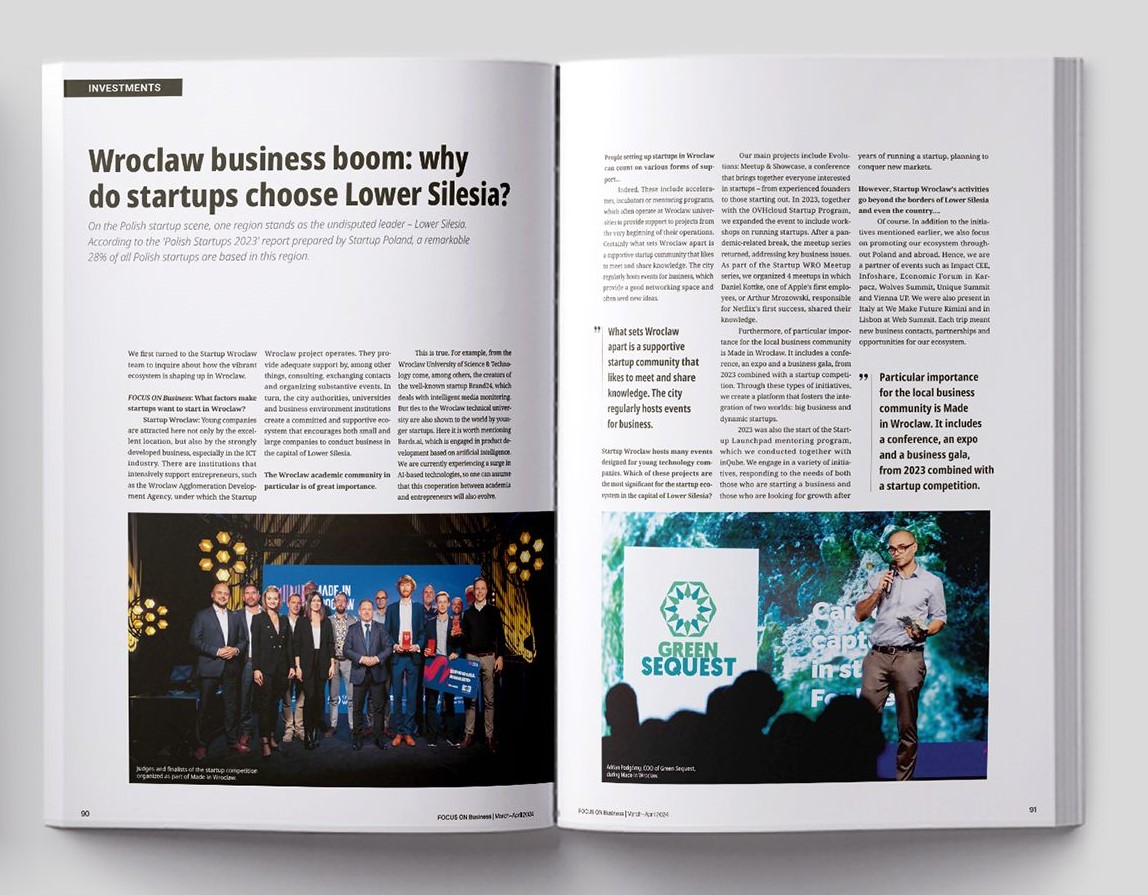Why are we so fascinated by Enhanced Rock Weathering? Because through ERW, we can achieve two critical goals: removing CO2 from the atmosphere and improving soil conditions.
Research on serpentinite as a fertilizer began in the mid-20th century. Studies and applications from Poland, New Zealand, and Brazil showcase the immense potential of this raw material.
In New Zealand, serpentinite used to regulate soil magnesium levels proved not only effective but more efficient than traditional dolomite. Fertilizers based on serpentinite, such as “Serpentine Super,” exhibit highly beneficial soil regenerative properties.
In Poland, serpentinite found application in saving spruce forests in the Carpathians by enriching the soil with magnesium, yielding excellent results. Even with significant doses of serpentinite (over 4t/ha), there was no increase in heavy metal concentrations in the soil.
The experiences from Brazil, where serpentinite fertilization technology has been intensively developed for several decades to remineralize depleted soils, are noteworthy. Results demonstrate that serpentinite meets expectations as a source of magnesium and other macro- and micronutrients, with no negative environmental impact. When applied at 3.5 t/ha, the content of toxic elements (As, Cd, Hg, and Pb) remained below permissible limits. Other elements not covered by Brazilian regulations also posed no risk when using serpentinite as fertilizer.
These studies and experiments with serpentinite pave the way for innovative agricultural solutions, offering an alternative to traditional fertilizers. It’s a step towards sustainable agriculture, considering both crop productivity and environmental care.








